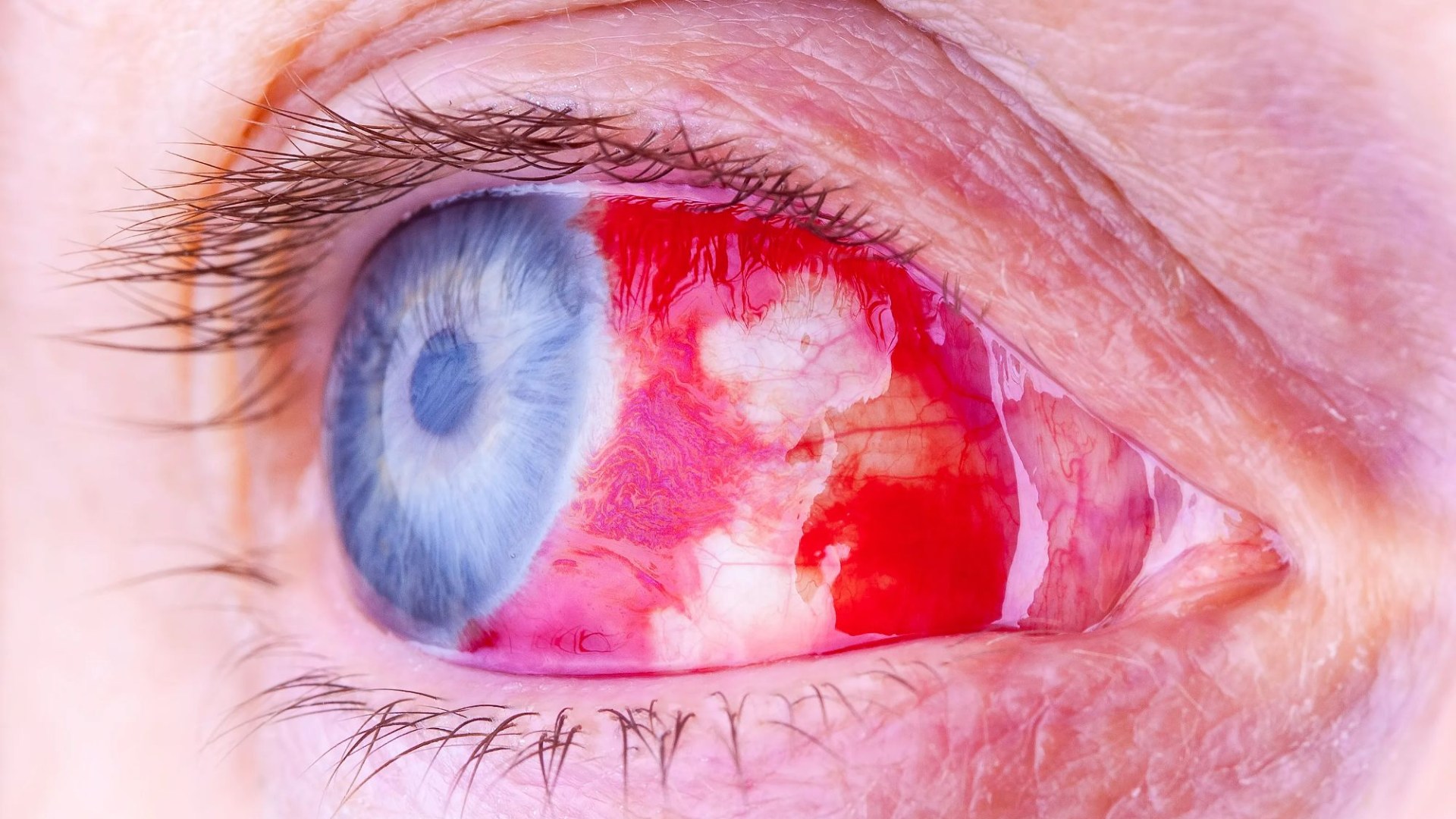A MAN has died after catching one of the world’s deadliest diseases in Portugal.
It is the first time the lethal haemorrhagic fever with “pandemic potential” has been spotted in a European country.
4

4
Earlier this month, local health officials announced an 80-year-old who had been doing outdoor farm work had died from Crimean-Congo haemorrhagic fever (CCHF), which is mostly spread through infected ticks.
The man had been admitted to the Hospital de Bragançato on July 11 after he developed “nonspecific symptoms”, the Portuguese Directorate-General of Health (GDH), said in a statement.
After he died samples were taken which revealed he was carrying CCHF, which has a fatality rate as high as 40 per cent.
CCHF is a tick-borne virus, endemic in much of Africa, the Balkans, the Middle East and Asia – with yearly outbreaks common in countries including Turkey and Pakistan.
The pathogen can jump to humans through either a tick bite or via contact with an animal that is infected.
The virus is considered a “threat to public health” by the World Health Organization (WHO) as, once in people, it can spread through close contact with bodily fluids.
The UN agency also lists CCHF as a “priority pathogen” – alongside other haemorrhagic diseases such as Ebola, Lassa fever and Marburg virus.
There are currently no effective drugs or vaccines that specifically target the fever.
Symptoms can range from a mild febrile, flu-like illness to severe disease characterised by bleeding from the eyes and mouth, multi-organ failure and shock.
Risk to the public is ‘very low’
The latest case is the first recorded in Portugal – it came from Bragançato, which is situated in the north.
The GDH said no onward transmission was reported in either instance and said the current risk to the public is “very low”.
This was “a rare and sporadic case”, they said in a statement, adding that the virus that causes CCHF has not been detected in ticks in the area.
“The DGS and its partners remain attentive and will continue to monitor the evolution of the situation and update technical guidelines for health professionals at the level of public health units and care services for better detection, diagnosis, therapeutic approach and protection of contacts of suspected cases,” the statement added.
The disease was first detected in Crimea in 1944 and given the name Crimean haemorrhagic fever.
But in 1969, medics realised the pathogen that triggered this disease was also responsible for an illness identified in the Congo in 1956.

4
This led to the virus being named Crimean-Congo haemorrhagic fever, to include both locations.
Recent outbreaks in Africa have been limited in scope, with Senegal confirming one case of the fever in April.
Scientists fear the disease could be expanding out of its usual territories and moving towards the likes of Britain and France due to global warming.
It is already found in ticks in Spain – where 15 cases have been detected since 2016.
Two cases have previously been confirmed in the UK — in 2014 and 2016 — which were imported from Afghanistan and Bulgaria.
A third case was detected in March 2022 in a woman who had recently travelled to central Asia.
According to the European Centre for Disease Prevention and Control, between 10,000 and 15,000 cases of CCHF occur annually, while an estimated three billion people are at risk of infection.

4
What is Crimean-Congo Fever?
Crimean-Congo haemorrhagic fever (CCHF) is a tick-borne viral disease.
It triggers symptoms including high fever, muscle pain, dizziness, abnormal sensitivity to light, abdominal pain and vomiting.
Later on, sharp mood swings may occur, and the patient may become confused and aggressive.
CCHF virus is widespread and the virus has been found among ticks in Africa, Asia, the Middle East and Eastern Europe and South Western Europe.
In Europe cases of human infections have been reported from Albania, Armenia, Bulgaria, Kazakhstan, Kosovo, Russia, Serbia, Tajikistan, Turkey, Turkmenistan, Ukraine, and Uzbekistan.
In June 2008, the first case was diagnosed in Greece and Spain reported the first locally acquired case in August 2016.
Two cases were previously confirmed in the UK — one in 2012 and one in 2014 — which were imported from Afghanistan and Bulgaria.
A third case was detected in March 2022 in a woman who had recently travelled to central Asia.
Source: ECDC




